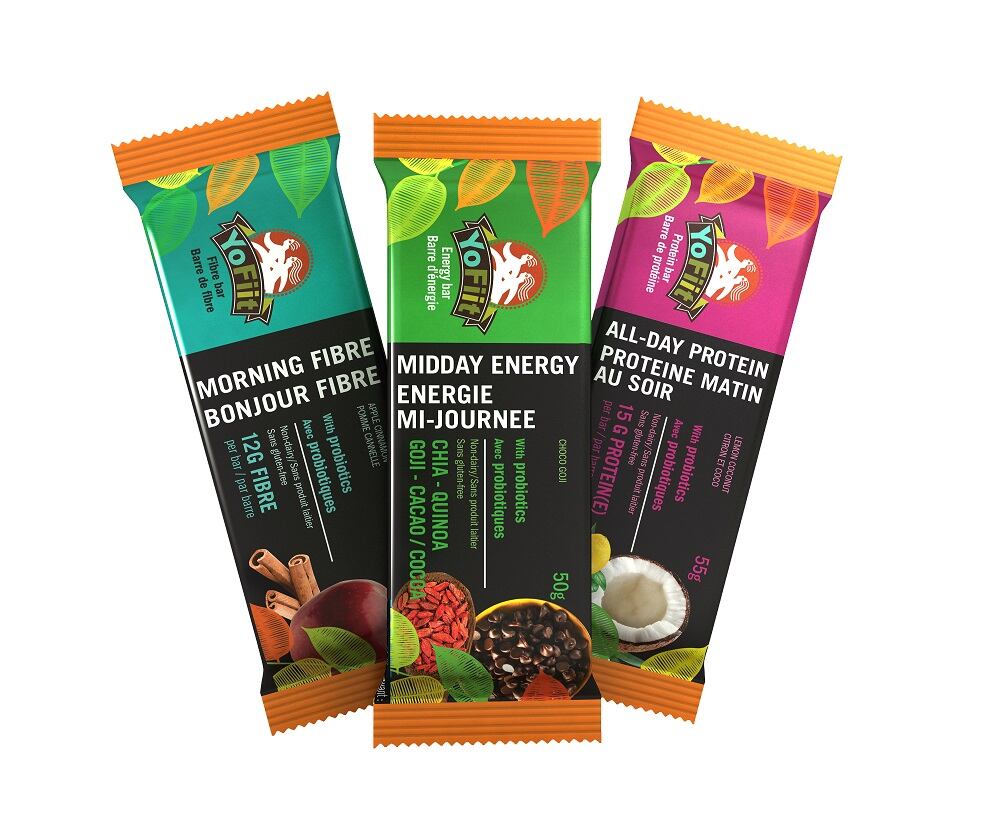These are the thoughts of Shelley King, CEO of Natural Products Canada, who was speaking to NutraIngredients-USA ahead of next month’s 2018 Annual Conference of the Natural Health Product Research Society of Canada, which will focus on the innovation at the interface between natural health products (NHPs) and food.
King and three other of the headline speakers at the event shared their insights and opinions with us about how this interface has evolved over the years, and how this is manifested into products on the marketplace.
The 2018 NHPRS Annual conference will take place May 14th–17th, 2018 at the Delta Guelph Conference Center in Guelph, Ontario.
NutraIngredients-USA: How has the NHP-food interface evolved over the past decade, and what is driving this?

Prof Alison Duncan, PhD, RD, Dept of Human Health and Nutritional Sciences at the University of Guelph: “The interface between natural health products (NHPs) and food has evolved from being separate with the establishment of the NHPD [Canada’s Natural Health Product Directorate], to coming together with some food-like NHPs regulating themselves as NHPs (caffeinated energy drinks, juices and waters fortified with vitamins and minerals, yogurts and bars with specific health claims), and finally to being more separate again, with the change in first the regulation of energy drinks in 2011 and then to other food-like NHPs.
“These changes have been driven by many factors including the existence of regulations, the compliance of companies with the regulations, the opportunities for companies to make claims on different products depending on regulation and consumer confusion and understanding of regulated foods and NHPs and their respective claims.”

Prof. Heather Boon, BScPhm, PhD, Leslie Dan Faculty of Pharmacy at the University of Toronto: “In many ways, the introduction of the NHP regulations was intended to clarify the boundary between foods and NHPs. I think it is fair to say that goal turned out to be more challenging than it may have originally appeared. Common sense definitions of what is a “food”, compared to legal definitions of what constitutes an NHP, collided in examples of orange juice fortified with calcium and energy drinks. I think the food-NHP interface continues to be an area of debate, opportunity and challenge for both regulators and industry.”
Paula Brown, PhD, Director of Applied Research, Natural Health & Food Products, BCIT, and President, NHP Research Society of Canada: “Hippocrates said, ‘Let food be thy medicine and medicine be thy food.’

“The idea that food is not only a requirement for life but plays a key factor in the quality and healthfulness of life is not a new concept. As scientists gain further insights into how the bioactivity of food, natural health products (NHPs) and dietary supplement can afford benefits above basic nutrition, this recognition leads to greater consumer demand for choices which then in turns drives scientists to build a more complete knowledge of quality, composition, safety and efficacy. DSHEA treats dietary supplements as a special category of food, while in Canada NHPs are regulated by the Natural and Non-prescription Health Products Directorate, which reflects the modern understanding of the relationship between diet, supplements and health.”

Shelley King, MSc, MBA, CEO of Natural Products Canada: “I think we’re seeing a few things of note. People are much more aware of what they are eating and are making the connection between nutrition and health. It’s right across the spectrum; older consumers who are trying to delay or decrease age-related issues down to teenagers and students who are drawn to new, natural, transparent and sustainable business models. So, a large chunk of the population is just demanding more from their food. But most of those people are also stretched for time and know that they won’t get everything they want from the food on their plates.
“That’s why we’re seeing this explosion of snacks, bars, powders and drinks that offer added probiotics, omega 3s, protein and other nutrients.
“It’s like everything else that people do these days; they’re trying to multi-task regular food and snacking with the nutrients and compounds that they might have previously looked for in a pill. From NPC’s perspective, this opens up the world of NHPs to a huge new audience of time-starved, health-conscious consumers.”
NutraIngredients-USA: Are there any specific commercial examples you’ve seen in the marketplace that illustrate these changes?
Prof Alison Duncan: “The most clear example of this is in energy drinks but it can also be seen in other products where the consumer may be confused as to if it is a food or a natural health product such as juices with added vitamins and minerals.”
Dr Paula Brown: “I think you really see this reflected in the changing and far more diverse formats for NHP/DS delivery. Products previously considered as conventional food have merged with NHPs effectively creating what is often called the ‘superfood’ category. There seems to be an endless market for "healthful" snacks that are not only balanced in terms of basic nutritional delivery but are further formulated to include specific vitamins, minerals and botanicals designed to achieve a specific benefit for the consumer.
“I have always been intrigued by the concept of an N of 1, as is the relationship between a traditional practitioner and patient, and how divergent that concept is from a self-care product-driven marketplace. I think research and innovation have moved these two end points closer together and you see this evidenced by the products that are targeting specific populations - beyond ‘men's health’ or ‘children’ or ‘aging populations’ we are seeing products specifically for ‘Cross-fit athletes’ or ‘children with attention challenges’ or ‘Post-menopausal woman’.”

Shelley King: “This is a global trend, and you’re seeing it in the stream of big food companies that are buying niche snack brands who have captured the hearts of consumers with their good-for-you options.
“Here in Canada, there are a ton of companies that have built their businesses in response to the increased health expectations of food. Wize Monkey has created a tea from coffee leaves that is high in antioxidants, and features a rare polyphenol named mangiferin. Yofiit developed energy bars and dairy-free milk that boast high protein, omega-3s and probiotics. And Nutracelle has met the nutrition and weight loss needs of busy moms with their high protein powders.
“These are just three of the companies that we’ve dealt with. We hear of new products and approaches almost every day – there’s definitely momentum!”

